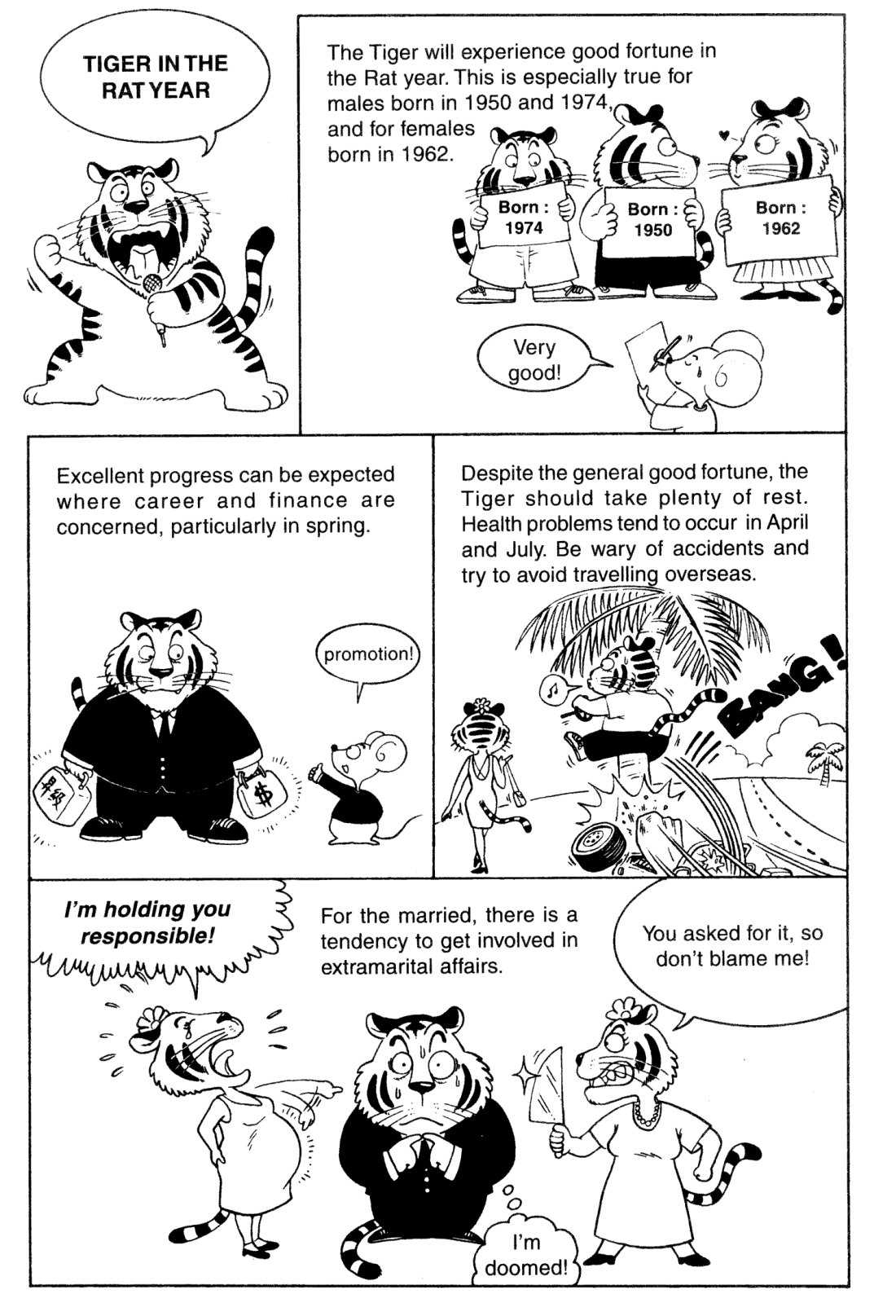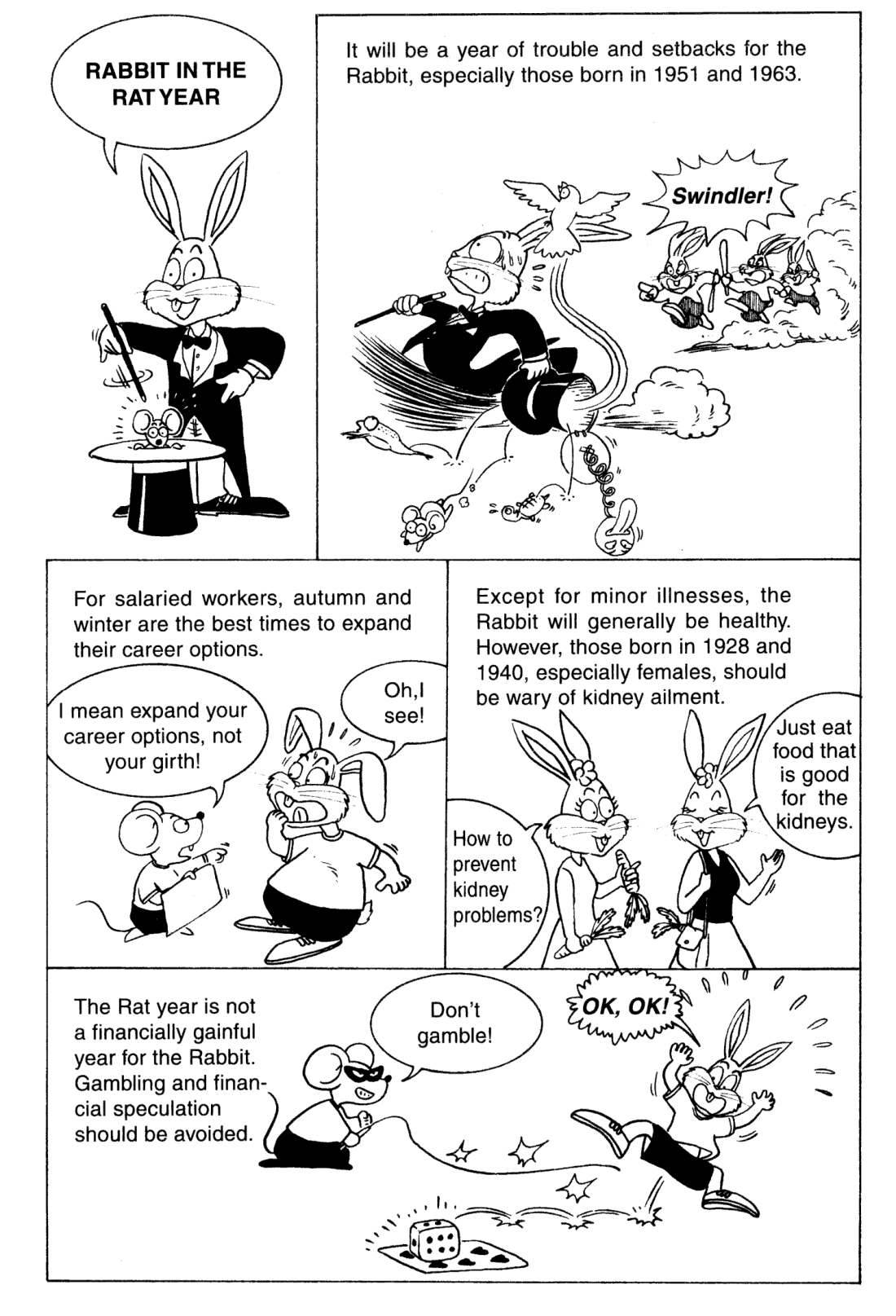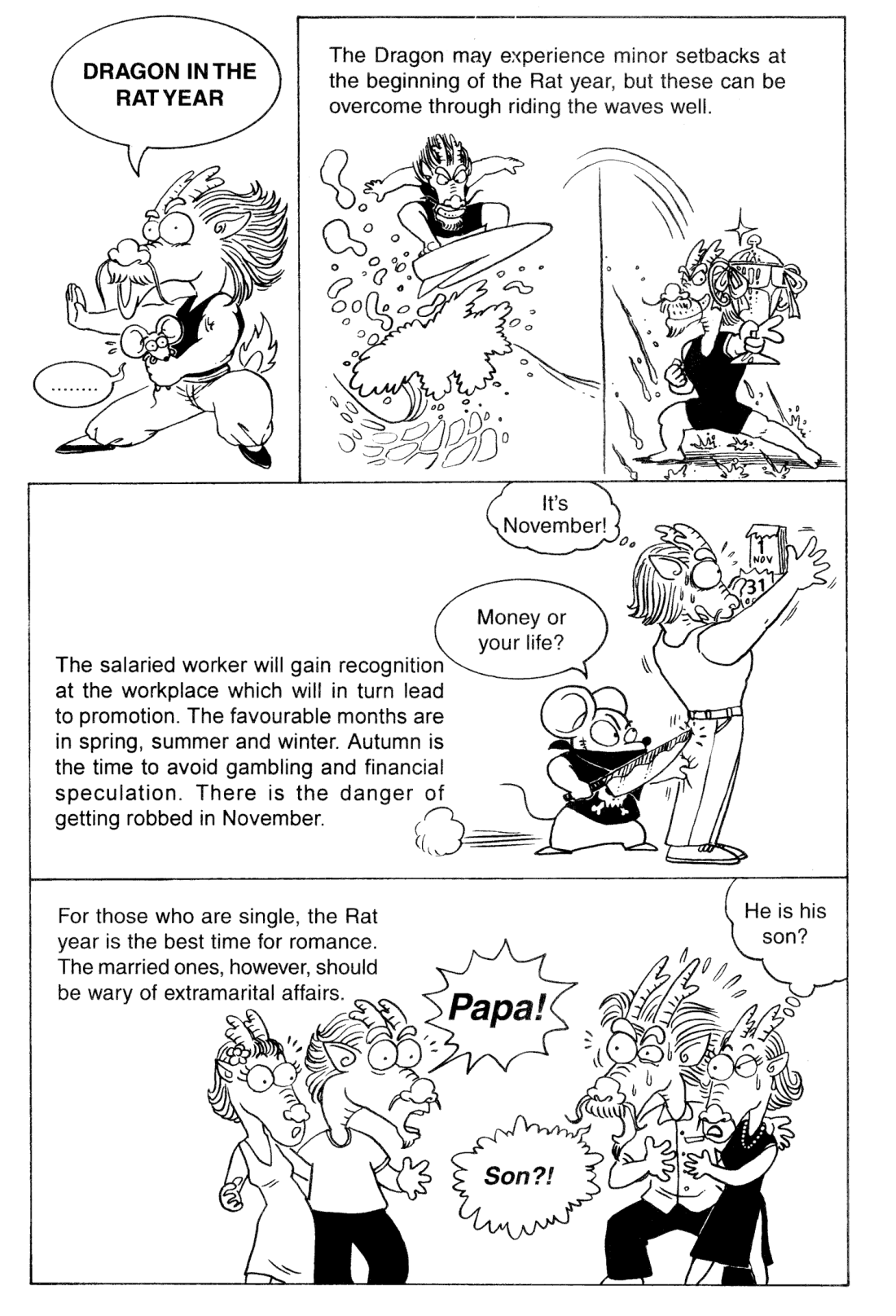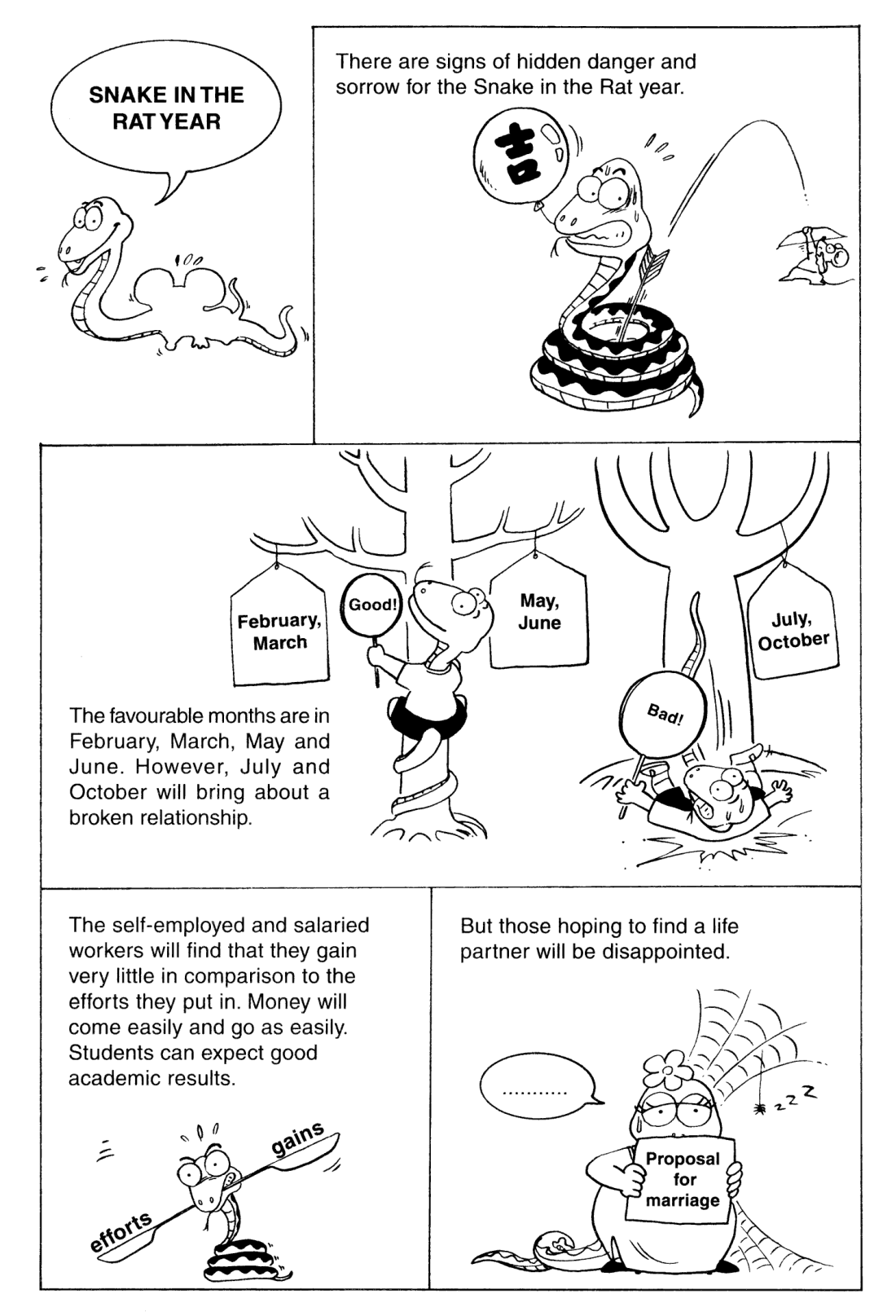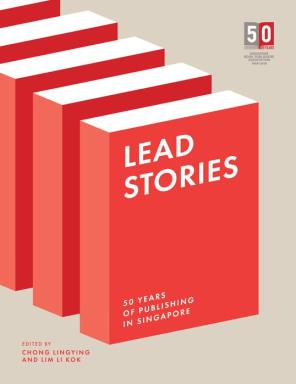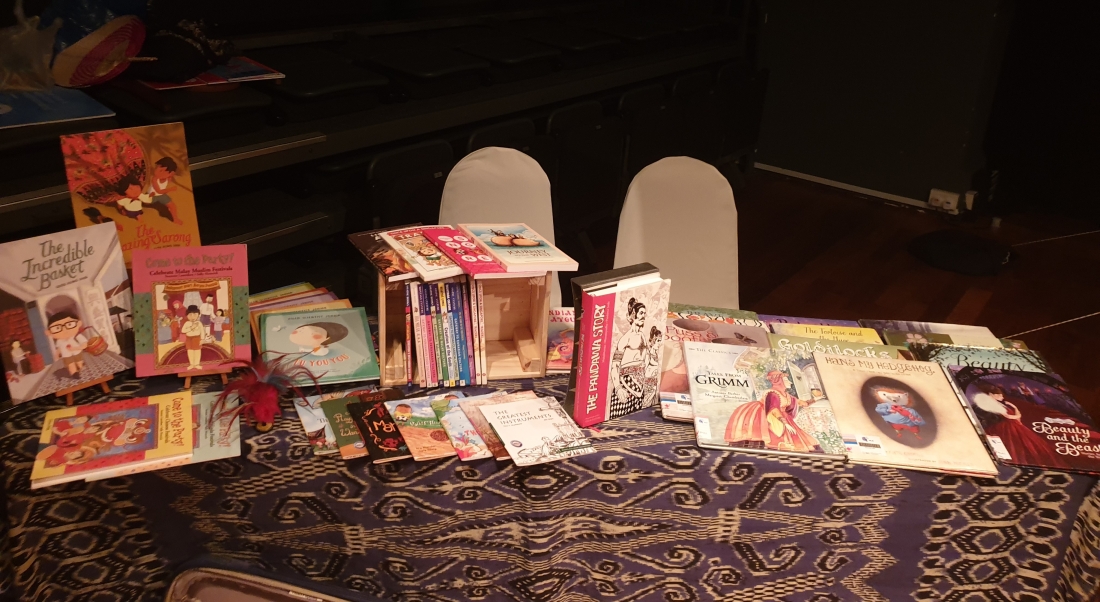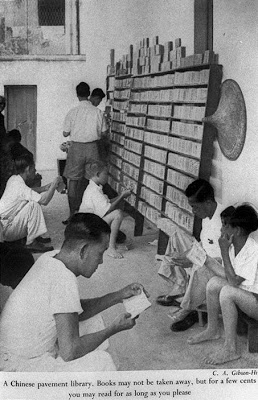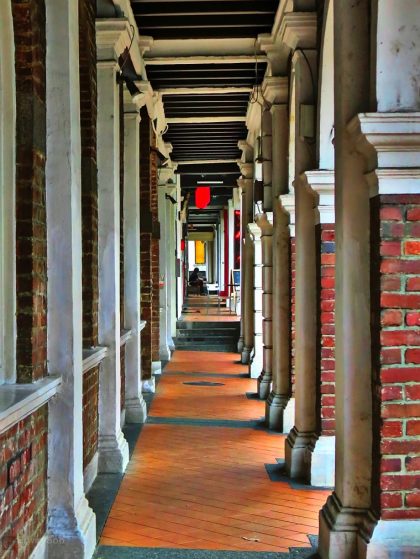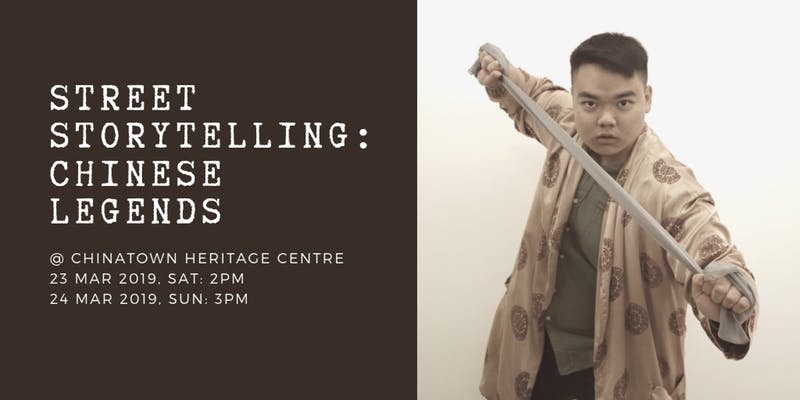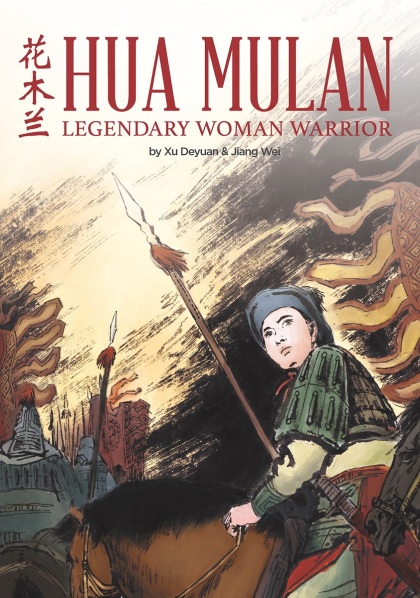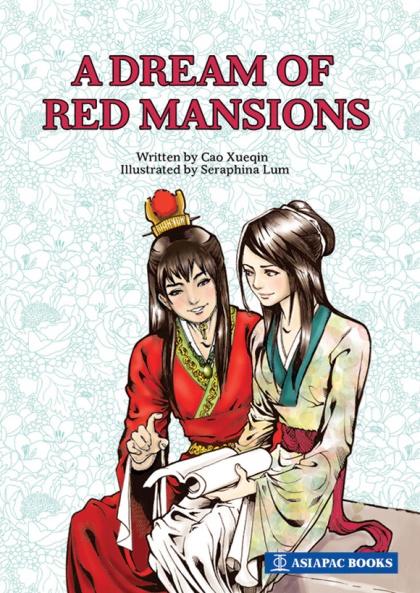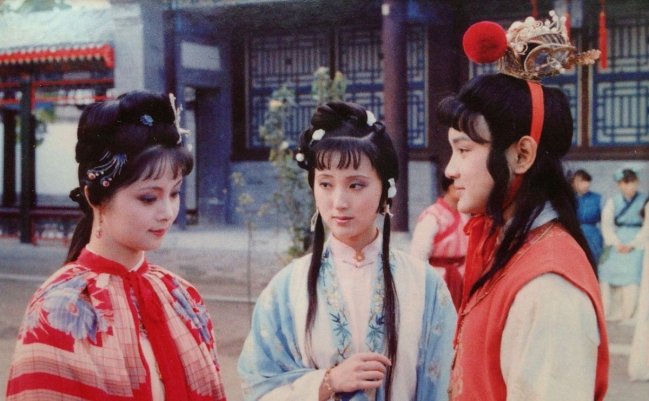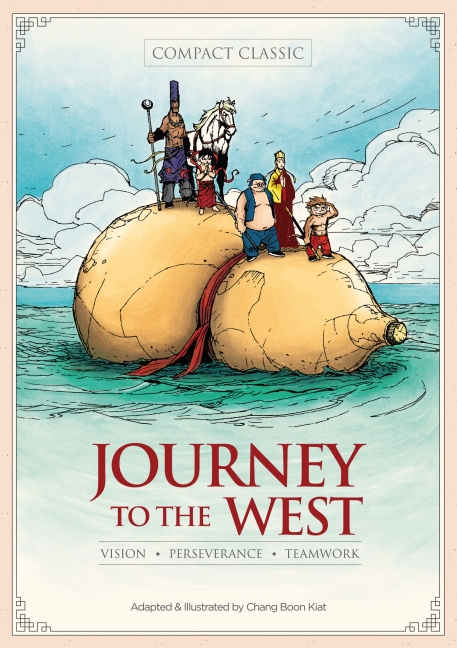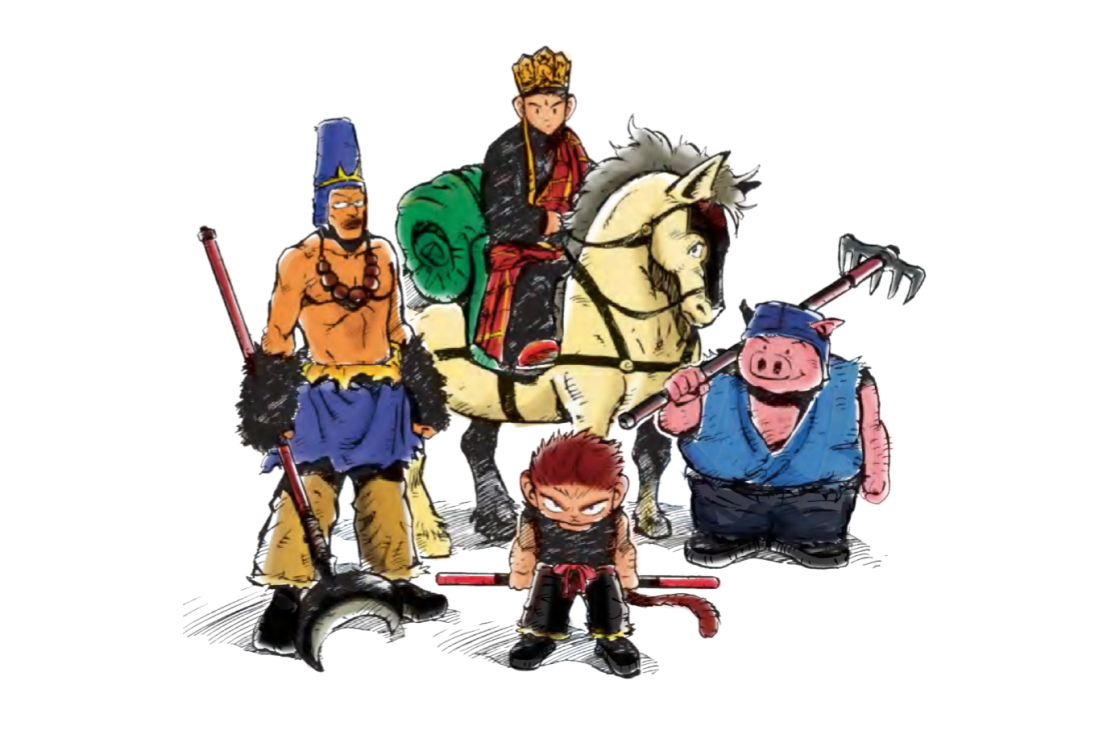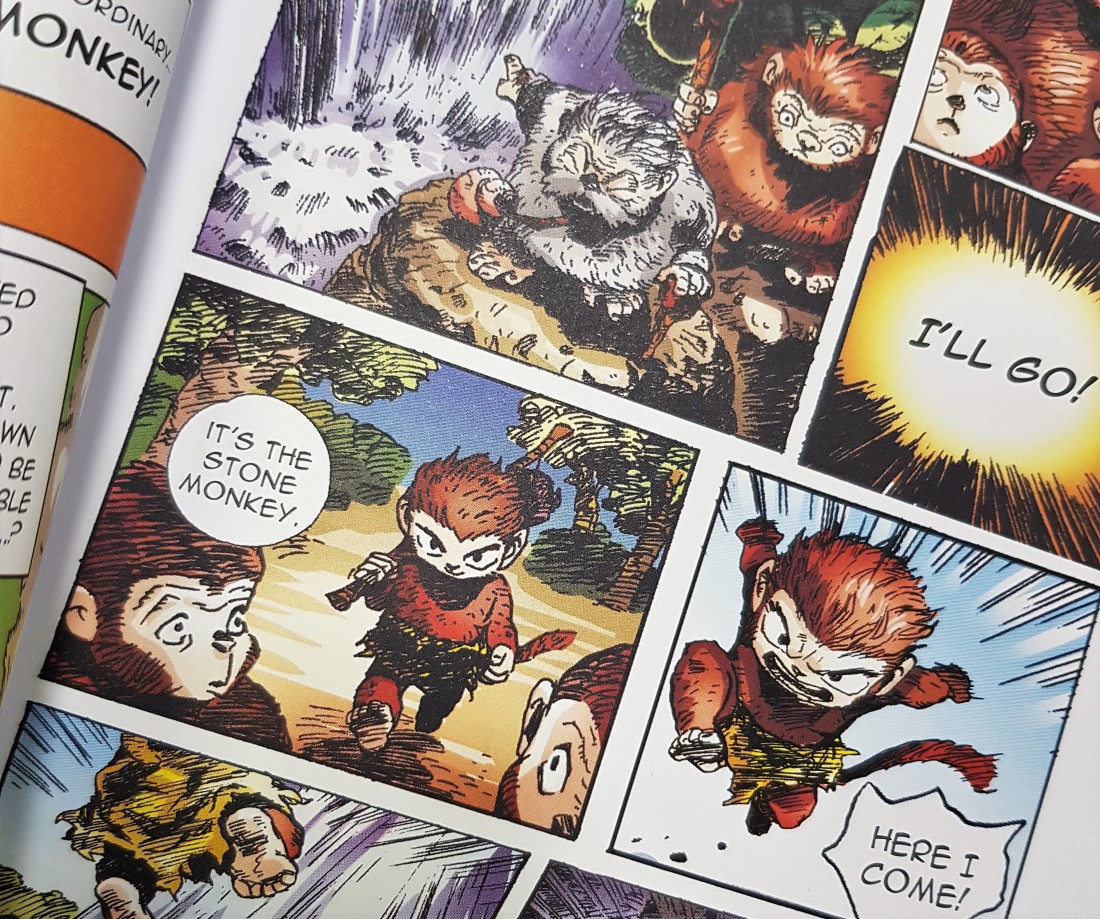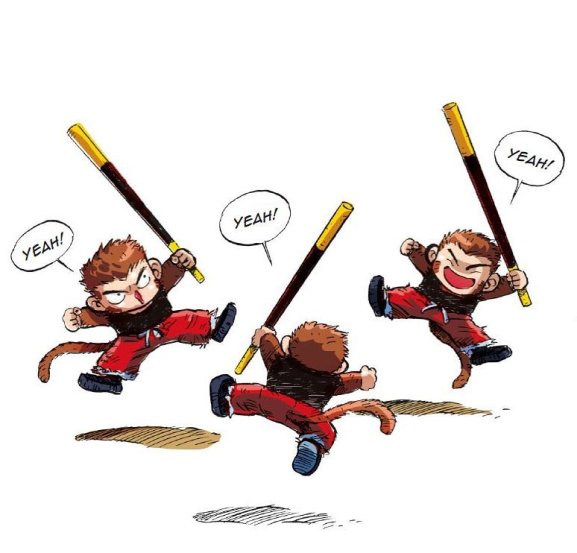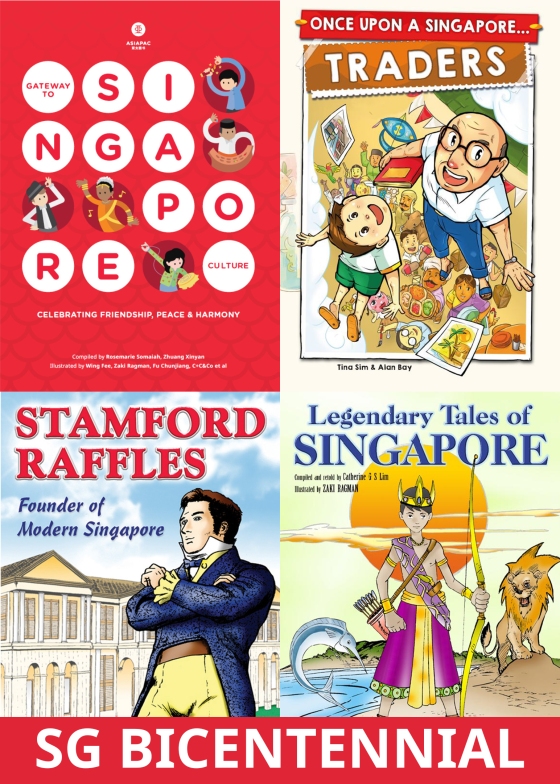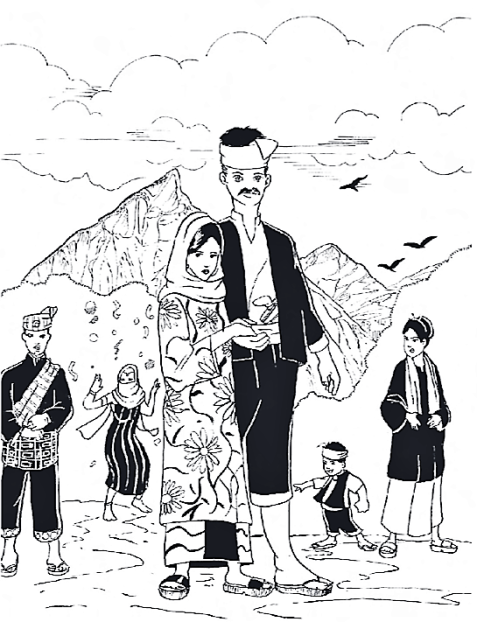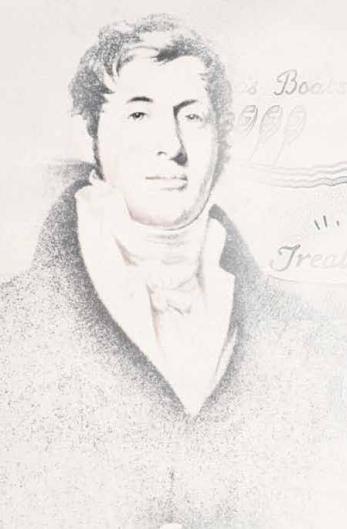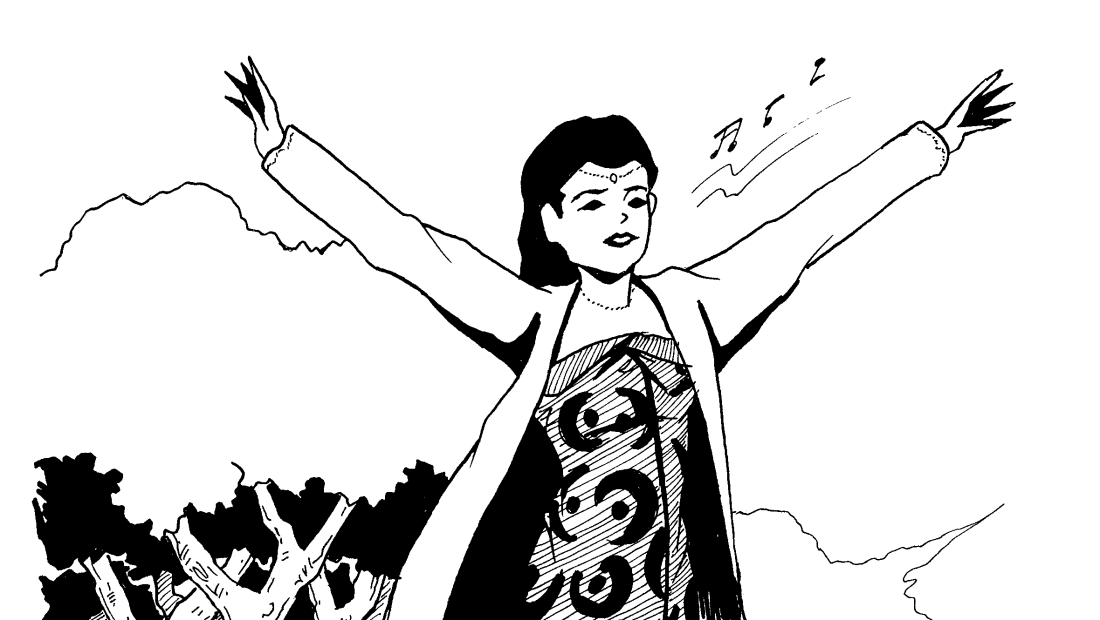Have you ever happened to wonder what produces and makes visible the letters, words, shapes, and patterns on the pages of the physical books we read today (and have been reading for centuries)? What does the word ‘print’ mean to you? Give it a thought. Printed materials are commonplace items in the twenty-first century: our tiny world abounds with books, newspapers, posters, pamphlets, and the like. But when and how did this ‘technology,’ which allows words and images designed in the mind to be transposed to paper, originate?
Let’s begin with the printing press. The innovation of the printing press by Johannes Gutenberg in the mid-fifteenth century is hailed as one of the greatest inventions of humankind, and with good reason. Gutenberg is said to have invented the printing press that employed mechanical metal movable type printing technology, which used individual metal block letters that could be arranged, rearranged, aligned, and spaced in what is called a forme (a flat stone that holds the loose letters of the page in place inside a steel frame), enabling the ink to transfer evenly to the paper.
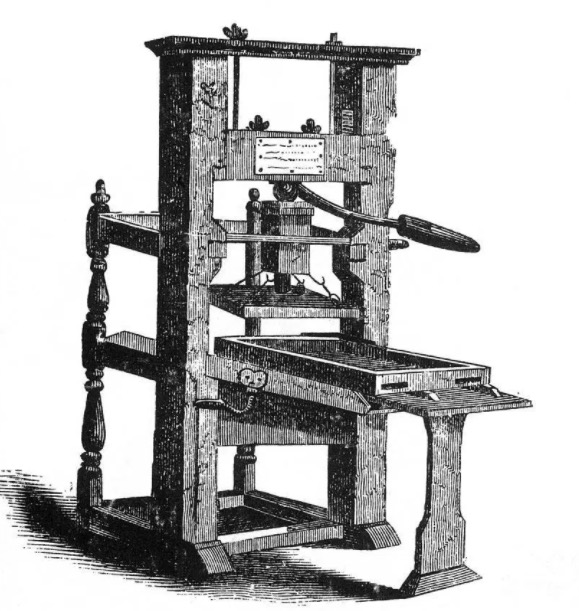
Gutenberg’s Printing Press (http://vrworld.com/2014/08/17/week-history-gutenbergs-bible/)
At the outset, Gutenberg’s creation received backlash from the well-heeled in Europe: they preferred handwritten manuscripts, which evinced wealth and luxury. Over time, as word spread about the printing press, Europe witnessed the growth of a new trade. Printed texts, mass-produced, became an incredible way (cheap and convenient) of distributing information and knowledge throughout Europe. This creation eventually birthed the Printing Revolution, ushering in the transformative potentials of print technology. In more ways than one, the printing press shaped the world as we know it, revolutionising education for the masses, communication, the creation of ideas, and the dissemination of information.
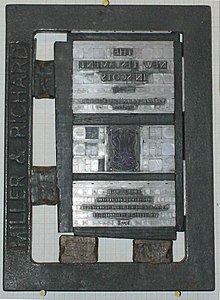
A Forme (wikipedia.org)
However, if we were to move further back in time, we would see that woodblock printing was probably the earliest printing technique. The first movable type printing method was developed in China in the eleventh century by Bi Sheng, a Chinese artisan–making him the inventor of the movable type. Interestingly, the oldest extant book that was printed using metal movable type is a Korean document on Buddhism, called the Jikji, printed in 1377.
Woodblock Printing (top)
The Jikji (bottom)
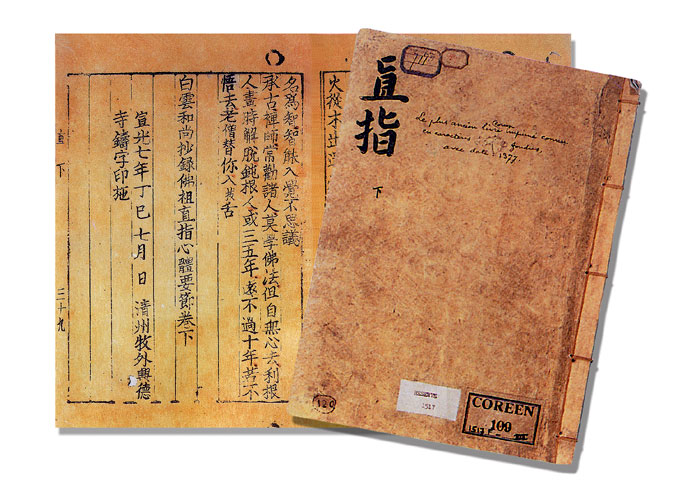
Print lovers can find out more about the fascinating origins of printing in Asia, such as our comic book, Origins of Chinese Science & Technology, and the more detailed reference book, Chinese Science and Technology.

Early moveable-type printing, illustrated by Fu Chunjiang (Origins of Chinese Science & Technology)
Even in today’s screen-saturated world, it is important that we recognise the cultural, social, and political power of printing. Even the simple act of putting words to a tangible artefact and creating a dazzling assemblage of straight lines and curves gives meaning to our art, our livelihood, and our existence.
Works Cited:
- Elverskog, Johan. “The Gutenberg Fallacy and the History of Printing among the Mongols.” Tibetan Printing: Comparison, Continuities, and Change, edited by Hildegard Diemberger et al., Brill, LEIDEN; BOSTON, 2016, pp. 21–37. JSTOR,
- https://www.advantagebookbinding.com/blog/book-binding/things-didnt-know-history-book-binding/
- https://www.psprint.com/resources/printing-press/
- (https://www.richardpennington.com/2017/03/and-so-my-campaign-to-bring-jikji-back-to-korea-comes-to-an-end/)
- (https://www.pinterest.com/pin/478014947919983132/)




